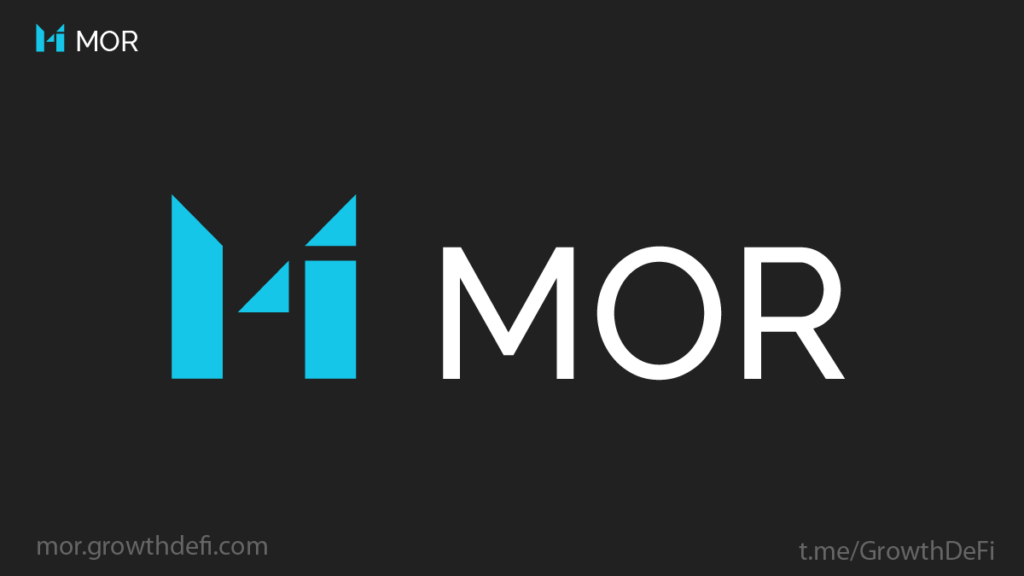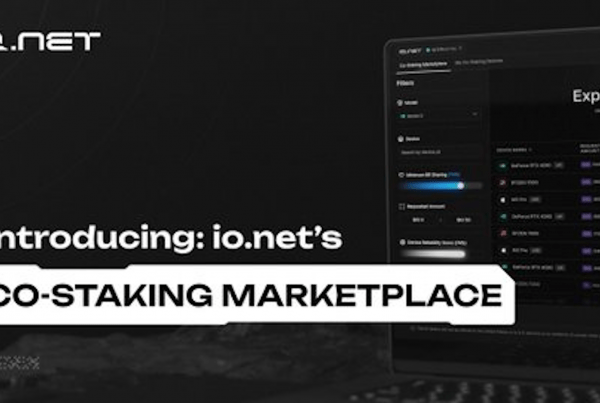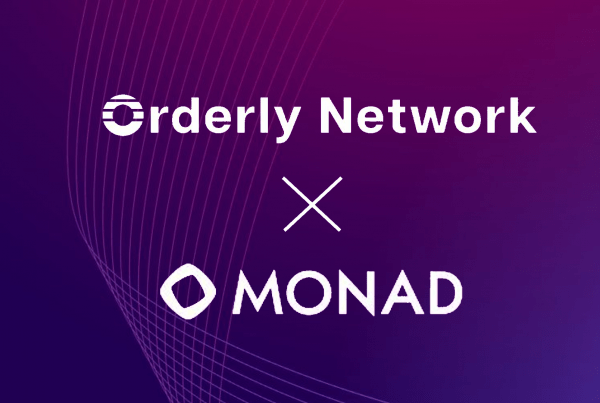
For every business, the goal is to serve their customer base in the best way possible and make good profits in the process. Good capital efficiency is one of the essential factors that helps keep a business running for generations. If the amount of money you are spending on running a business project is always higher than the revenue that such a project generates, then you are running at a loss. It is only a matter of time before such a project closes down.
In the DeFi ecosystem, many of the existing protocols struggle to maximize their capital efficiency. In light of this, Growth DeFi is launching a stablecoin known as MOR. The token is designed to reward and maximize capital efficiency in DeFi lending, borrowing, and yield farming processes.
What is MOR Stablecoin?
MOR is an overcollateralized, decentralized stablecoin with yielding collaterals. The token is currently set to go live on the Binance Smart Chain (BSC). However, the team is also planning to expand it to other blockchain protocols. It is soft pegged against the U.S. dollar, and its main purpose is to ensure capital efficiency for its holders. Projects like STEEL and WUSD have all tried to serve the purpose of MOR in the past, but they all got exploited and have been proven to be unsuccessful. The tokenomics of the MOR stablecoin are integral to its success.
MOR tokens can be minted via a stablecoin using a fixed exchange rate. Alternatively, users can mint the token by providing collateral in the form of vault tokens and standard tokens. In these processes, their parameters are dependent on the risk of the token itself.
How MOR Maximizes Capital Efficiency
As mentioned earlier, the primary purpose of the MOR token is to reward and maximize capital efficiency for all holders. This is achieved in several ways. The MOR stablecoin helps users or holders to leverage up a long position on any of the supported collaterals. This particular approach is very useful for yielding collaterals, especially since users can be paid to borrow. MOR is minted by borrowers seeking to take a loan with their crypto assets as collateral. The token is also used in other businesses like leveraging yield farming positions.
Aside from the token holders and users, the Growth DeFi platform is a major beneficiary of the capital efficiency power of MOR. The MOR stablecoin maximizes capital efficiency for Growth DeFi in four ways, and they include:
- Mint or Redeem Fees
Every time users mint or redeem the MOR token directly, they are charged a small fee, and the fee goes to the Growth DeFi platform itself.
- Stability Fees
These are the fees that users pay when they are minting MOR with their collateral.
- Liquidation Buffer
When any user is liquidated, more MOR tokens are burnt than the initial amount minted when the user opened the position. This process helps to increase the system surplus.
Essential and Unique Features of MOR Stablecoin
Unlike many lending platforms, MOR is decentralized, and every user has total custody of their funds. MOR makes it possible for borrowers to earn a yield on their collateral even while borrowing with it. This is not possible in any other platform in operation at the moment. MOR ensures that the yields on collateral are also higher than the lending rates offered by other platforms, and users can borrow against it. This means that the borrower will earn a higher profit in the process.
Since the MOR protocol is open source and onchain, users clearly know the risks involved and know who the counterparties are. For more information about the MOR project, read the project documentation



